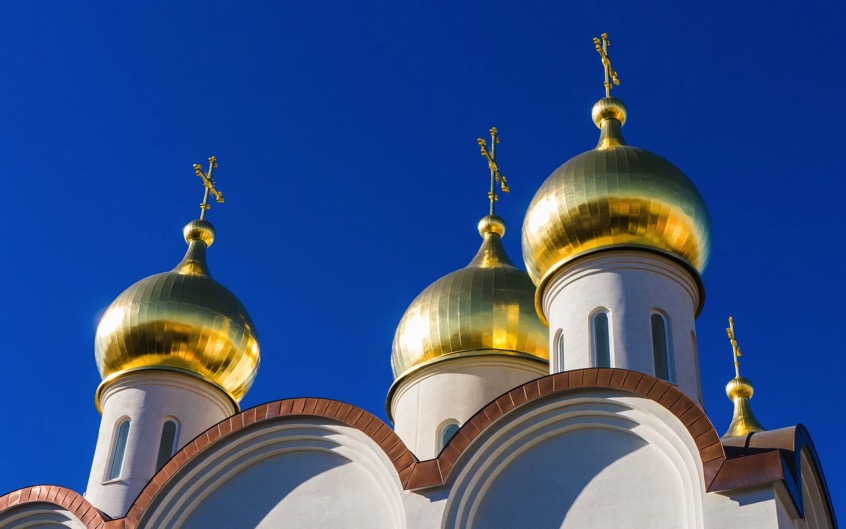Slavic Languages have evolved over the period of what’s estimated by many experts as over two thousand years. Much of what is labeled as Eastern Europe and Russia today was and is home to Slavic Languages. Slavic languages consist of primarily Russian, Belorussian, Ukrainian in the East, with Slovak, Polish and Czech in the West, towards the south you’ll find Bulgarian, Serbian, Macedonian, Bosnian and Croatian. All Slavic languages are related to each other in one way or multiple ways. These languages are also related to Germanic and Romance language which includes English as well as others belonging to the Indo-European tree of languages.
Despite the many similarities of Slavic languages, the religion, culture, political tradition and history have followed very different paths. The different paths have caused vast empires to disintegrate while keeping the political situation in the region fluid throughout Eastern Europe.
Slavic cultures in Europe
It is no coincidence that the Slavs happen to be the largest Indo-European linguistic group on the continent. While native to mainly Central Europe their influence and culture have spread throughout Northeastern, Southeastern, Eastern Europe as well as North Asia and Central Asia. Starting from the 6th-century historians believe that the inhabitants spread to Southeastern, Eastern, and Central Europe. Interestingly 50% of European states and territory are comprised of people speaking Slavic languages making it the largest linguistic group on the continent.
The evolution of Slavic culture and religion in Europe
The Slavic population in Europe like most other Europeans were pagans though they were later Christianized in the 7th and then 12th centuries. Even modern day Slavic countries and people are mainly Orthodox Christian followers, especially those in the East. West Slavs follow Roman Catholicism. It is said that the borders as represented today are reminiscent of those which began in the 11th century and called the East-West Schism.
Today, a good part of the Slavic population and those in ex-communist and presently communist countries don’t adhere to religion. Though those that do profess having a religion are mostly Orthodox, closely followed by Catholics and a few Protestants. A small percentage of the population is Muslim. A recent survey conducted that the number of Slavic agnostics and atheists is on the rise. Take for instance a 2012 poll in the Czech Republic where 20% of the respondents said that they were atheists.
Roots of Slavic Language
It is assumed that Proto-Slavic is the ancestral language of modern day Slavic languages. Slavic linguistics was for the most part largely unchanged until the Old Church Slavonic which were manuscripts based on the local Slavic dialect of Thessaloniki. Slavic languages were recognized as being Indo-European since 1833.
It is interesting to note that some of the alphabets used to write Slavic languages are connected to the region’s dominant religion. Take the Cyrillic alphabet used by Orthodox Christians as one example which is followed by the Latin alphabet used by Roman Catholics. But the Bosnians who are mainly Muslims use the Latin alphabet.
Some Eastern Catholics, as well as Roman Catholics, may also use the Cyrillic alphabet. Montenegrin and Serbian regions use both Latin and Cyrillic alphabets. Plus, in countries like Belarus, there is a Latin script known as Lacinka alphabet.

